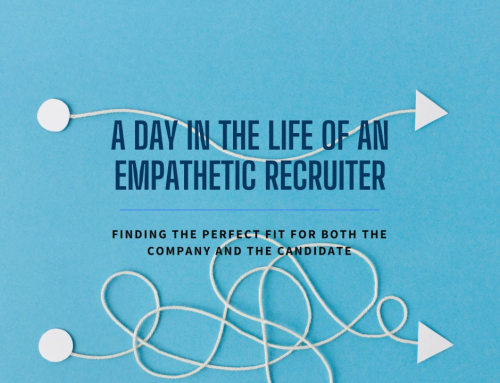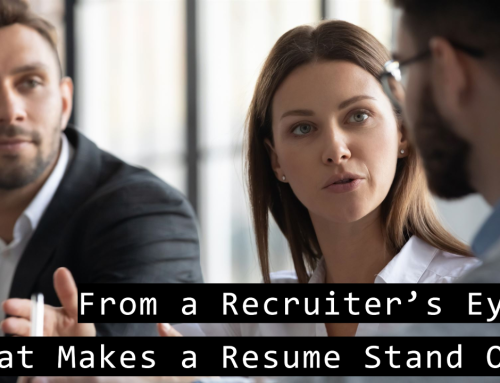| By Pamela Babcock
March 12, 2019 |
NEW YORK CITY—Companies can choose from lots of recruiting technology. But with a limited budget, how can they get the best results in today’s scorching-hot hiring market and make sure top candidates don’t slip through the system?
At St. Jude Children’s Research Hospital in Memphis, which is known for its pioneering research and treatment for children with cancer and other catastrophic illnesses, it begins with conducting a SWOT analysis—that is, identifying strengths, weaknesses, opportunities and threats—and developing a hypothesis for the recruiting problem it’s trying to solve.
“A lot of our information comes from the recruiters, the candidates themselves and from the hiring managers,” said John Leech, director of talent acquisition at St. Jude, on Feb. 27 during Glassdoor’s 2019 Best Places to Work event. The gathering, which recognized employers and leaders based entirely on employee feedback, drew HR practitioners, talent acquisition professionals, executives, and others involved in recruiting and hiring.
“The exciting part of being a part of St. Jude is that it’s built on a research foundation,” Leech added. “I mean, if you can’t find the cure, it really makes it hard to save the child. So, they understand the importance of research and trying things out.”
[SHRM members-only platform: SHRM Connect]
How St. Jude Hires
In 2018, St. Jude received 53,000 applications to fill about 900 jobs. Last year, it implemented TextRecruit, a platform to communicate with candidates using text messaging. That’s important because not only have studies shown that people are more likely to respond to text than e-mail, but it also allows communication to occur outside normal business hours, which is critical in a hospital setting. Recruiters have the TextRecruit app on their mobile phones and can monitor responses. And because St. Jude must follow the Office of Federal Contract Compliance Programs regulations, text responses are saved in the hospital system’s applicant tracking system.
St. Jude recently began using live and on-demand video interviewing. Recruiters previously spent at least 30 minutes on each telephone interview, which adds up. With on-demand video, questions are prerecorded and sent to candidates so they can respond when they have time—again, critical for nurses and others working 24/7 shifts. Leech said about 25 percent of its on-demand video interviews are recorded outside business hours, often during shift breaks.
Video is also helpful because of the high-level terminology often used in interviews for research and bioinformatic positions. “As a recruiter, you almost need a Ph.D. yourself to be able to spell the words correctly,” Leech said. Videos can be shared with hiring managers who are better acquainted with medical terms.
St. Jude uses SurveyMonkey to ask candidates about the application process. The hospital solicits feedback from those who applied and weren’t contacted, those who had a phone interview or video screen, and those who interviewed and weren’t hired.
When an applicant reported that a Memphis cab driver wouldn’t accept credit cards and therefore the job seeker couldn’t track expenses, St. Jude researched several ride-hailing services and switched to Uber for Business. As an added benefit, the move has also helped St. Jude lower hiring costs because Uber for Business is less expensive than cab services in the region.
Southwest Airlines’ Recruiting Practices
In 2018, Dallas-based Southwest Airlines received about 340,000 applications and made 6,300 hires. Last year, the airline partnered with Phenom People and launched a new careers site to better reflect its brand. “Our careers site didn’t match our brand, so that’s been really huge for us,” said Greg Muccio, Southwest’s director of talent acquisition. Additionally, the airline can now capture passive candidates and access analytics to measure return on investment.
To enlist employees as recruiters, Southwest began using Work4, which allows employees to use their Facebook pages to advertise job listings, rather than the company “plastering all the jobs they have” on its Facebook page, Muccio said. In two years, the airline has made more than 140 hires from the automated referral tool. Most have been front-line positions that were able to be filled because somebody advertised the role to his or her network, he added.
Southwest’s careers website features its Glassdoor profile and candidate and employee feedback. “We’re proud of it, and we want people to check it out to make sure Southwest Airlines first of all is culturally aligned with how you want to work,” Muccio said.
In the end, St. Jude’s Leech said it’s important to understand the tools available and choose wisely: “I’ve got a lot of tools in my garage,” he said, “and I don’t use them all for every job because they don’t work for every job and every situation.”
Pamela Babcock is a freelance writer based in the New York City area.
LEFT THIS MONTH







Leave A Comment